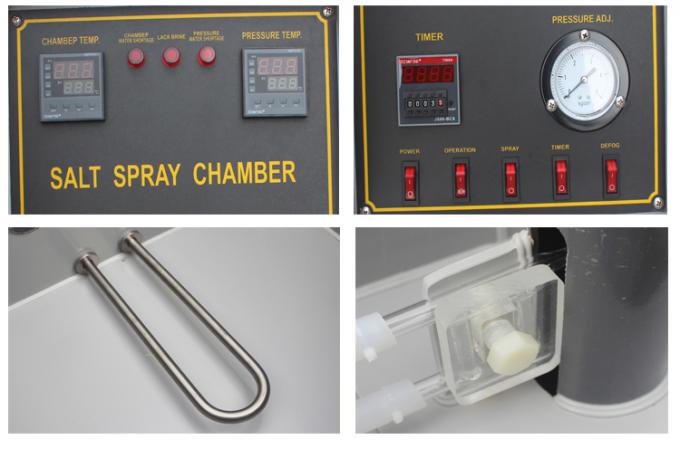- Qinsun Instruments Co., Ltd.
- Tell:+86-21-6780 0179
- Phone:+86-17740808215
- Address:No. 2578 Minhang District Gu Dai Road, Shanghai
- Contact:Mr. Li
- QQ:846490659
Selection Guide for Motor Protectors

The function of a motor protector is to provide comprehensive protection for the motor. It is a device that alarms or protects the motor in the event of overload, overcurrent, phase loss, rotor blockage, short circuit, overvoltage, undervoltage, leakage, three-phase imbalance, overheating, bearing wear, and rotor eccentricity.
Selection guide:
1. (1) Conditions related to selection
1. Motor parameters: It is necessary to first understand the specifications, functional characteristics, protection type, rated voltage, rated current, rated power, power frequency, insulation level, etc. of the motor. These contents basically provide a reference basis for users to correctly choose protectors.
2. Environmental conditions: mainly refer to room temperature, high temperature, high cold, corrosion, vibration, sandstorms, altitude, electromagnetic pollution, etc.
3. Motor usage: mainly refers to the characteristics required for driving mechanical equipment, such as fans, water pumps, air compressors, lathes, oilfield pumping units, and other different load mechanical characteristics.
4. Control modes: The control modes include manual, automatic, local control, remote control, independent operation of a single machine, and centralized control of the production line. The starting methods include direct, step-down, star angle, frequency sensitive variable resistor, frequency converter, soft start, etc.
5. Other aspects: The user's monitoring and management of on-site production, the severity of the impact of abnormal shutdowns on production, etc.
There are many factors related to the selection of protectors, such as installation location, power supply situation, distribution system situation, etc; We also need to consider whether to configure protection for newly purchased motors, upgrade motor protection, or improve accident motor protection; We also need to consider the difficulty of changing the motor protection method and the degree of impact on production; The selection and adjustment of protectors should be comprehensively considered based on the actual working conditions on site.
2. (II) Common types of motor protectors
1. Thermal relay: an ordinary small capacity AC motor with good working conditions and no harsh working conditions such as frequent starting; Due to poor accuracy and inability to guarantee reliability, it is not recommended to use.
2. Electronic type: detects the three-phase current value, and sets the current value using a potentiometer or pull-out switch. The circuit generally adopts analog type and adopts inverse or timed working characteristics. The protection functions include overload, phase loss, locked rotor, etc. The fault types are displayed using indicator lights, and the operating power is displayed using digital tubes.
3. Intelligent type: detects three-phase current values, uses a microcontroller for the protector, realizes intelligent comprehensive protection of the motor, and integrates protection, measurement, communication, and display. The setting current is set digitally and operated through the operation panel buttons. Users can adjust various parameters on site according to the specific situation of the motor; Using a digital tube as the display window or a large screen LCD display, it can support multiple communication protocols, such as ModBUS, ProfiBUS, etc., and is relatively expensive, suitable for important occasions; Intelligent protection devices are used for high-voltage motor protection.
4. Thermal protection type: thermal components are embedded in the motor and protected according to the temperature of the motor winding, resulting in good protection effect; But when the motor capacity is large, it needs to be used in conjunction with current monitoring type to avoid damage to the motor winding due to the hysteresis of the temperature measuring element when the temperature rises sharply during motor stalling.





